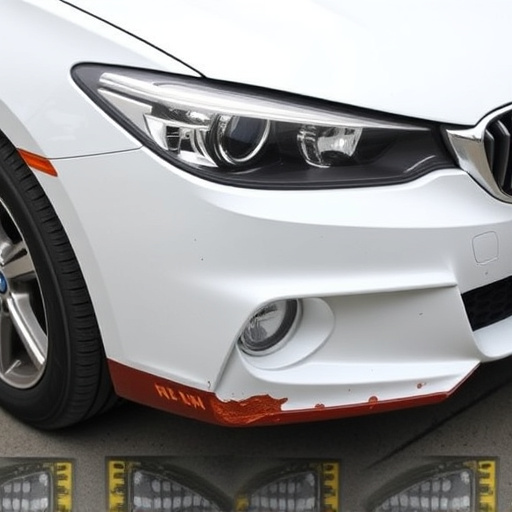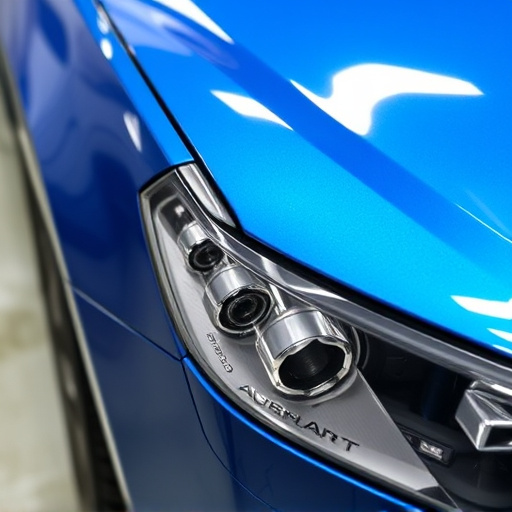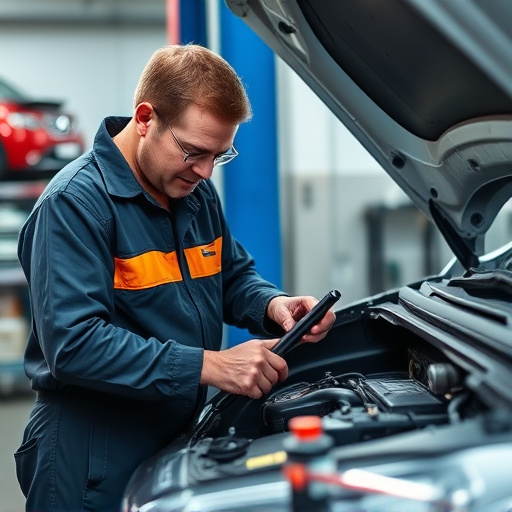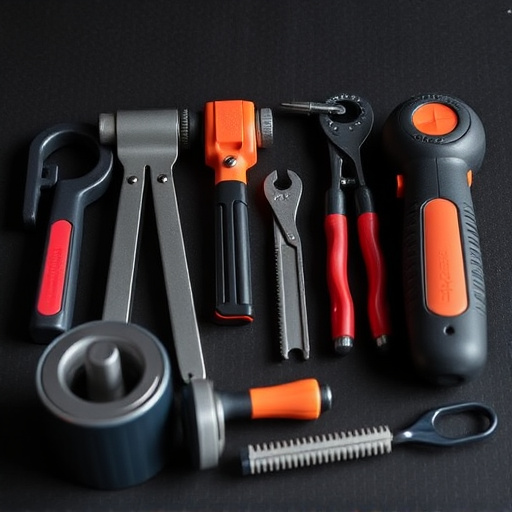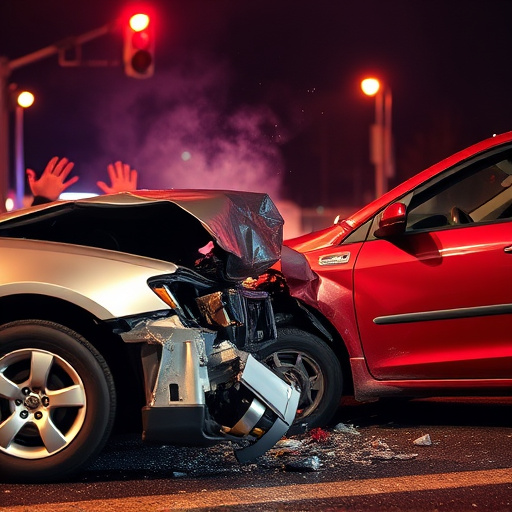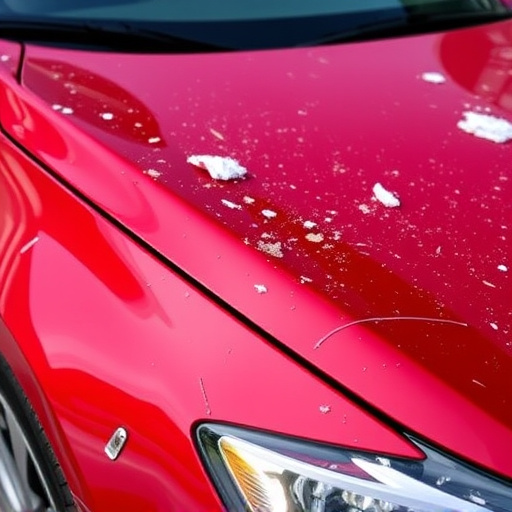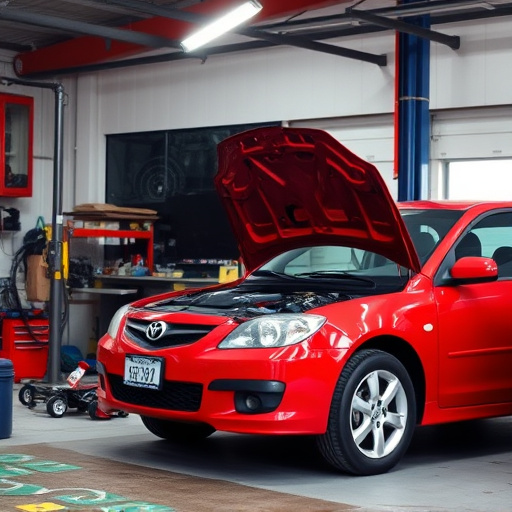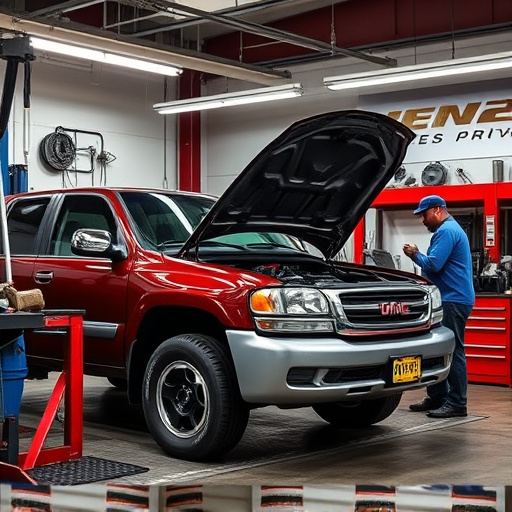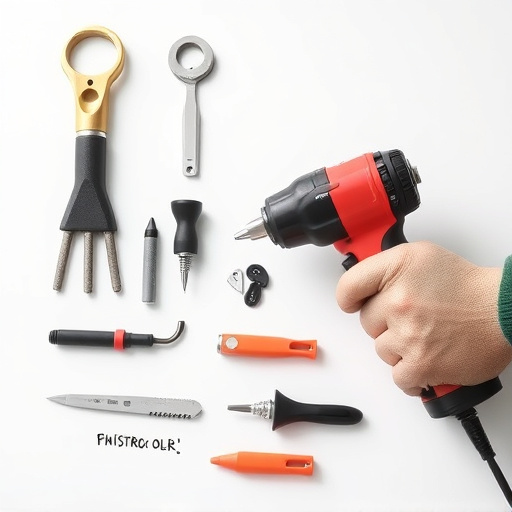After auto body frame repair, ensure work meets industry standards for structural integrity and safety by inquiring about repair methods, part quality, and paint sources. Secure warranty coverage to protect your investment, focusing on aspects covered, labor, and parts for future repairs. Understand post-repair tests and inspections, including visual checks and dynamic testing, for seamless finish and structural integrity.
After auto body frame repair, ensuring proper warranty coverage is crucial. This comprehensive guide navigates essential questions to ask, helping you understand industry standards and verify your vehicle’s protection. From understanding fundamental repair principles to performing post-repair tests, we equip folks with knowledge to ensure a solid warranty. Learn how to inspect for excellence, identify potential red flags, and safeguard your investment in auto body frame repair.
- Understanding Auto Body Frame Repair Standards
- Essential Questions for Warranty Coverage Verification
- Post-Repair Tests and Inspection Procedures
Understanding Auto Body Frame Repair Standards
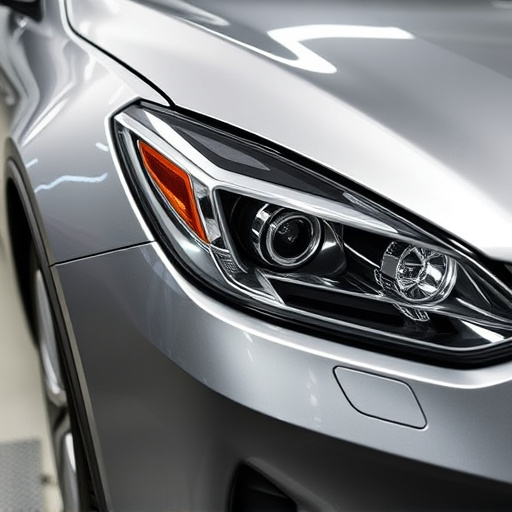
After auto body frame repair completion, it’s crucial to ensure that the work meets established industry standards. These standards are designed to guarantee structural integrity and safety for your vehicle. When questioning the repairs, refer to these benchmarks as a guide. Auto body frame repair involves more than just straightening dents; it entails precise alignment of metal panels and components to restore the car’s original stability and performance.
Understanding these standards will empower you to ask informed questions about the process and materials used. For instance, inquire about the specific methods employed for straightening the frame, including whether robotic or manual techniques were utilized. Also, question the quality of parts and paints, ensuring they are sourced from reputable manufacturers specializing in automotive repair services. Remember, meticulous attention to detail during repairs translates into a more durable finish, addressing potential issues like misalignments that could lead to future problems, including compromising the car’s safety and efficiency, not to mention the added expense of subsequent auto body frame repair or car scratch repair.
Essential Questions for Warranty Coverage Verification
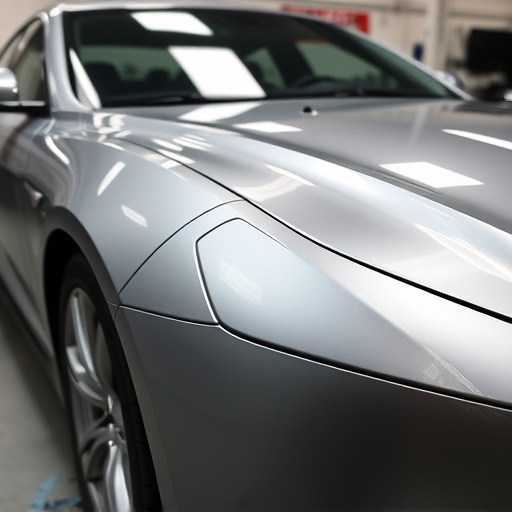
After your auto body frame repair is complete, ensuring warranty coverage is a crucial step to safeguard your investment. Here are some essential questions to ask your repair shop to verify your warranty:
1. What aspects of the auto body frame repair are covered under the warranty? It’s important to understand that not all components or services fall under the same warranty terms. Ask specifically about panel alignment, paint job durability, and any structural repairs. For example, does the warranty cover rust prevention for a certain period after the repair? Understanding these details ensures you’re protected against future issues related to the frame repair.
2. Does the warranty include labor and parts for future repairs? Inquire if the warranty extends beyond the initial repair job. Some warranties only cover specific time periods or mileage, while others offer lifetime coverage under certain conditions. Additionally, inquire about the process of claiming a warranty, including documentation requirements, to ensure you know what steps to take should any issues arise after the repair. Remember, being informed is key to maximizing your protection when it comes to auto body frame repairs and ensuring peace of mind for future vehicle maintenance.
Post-Repair Tests and Inspection Procedures
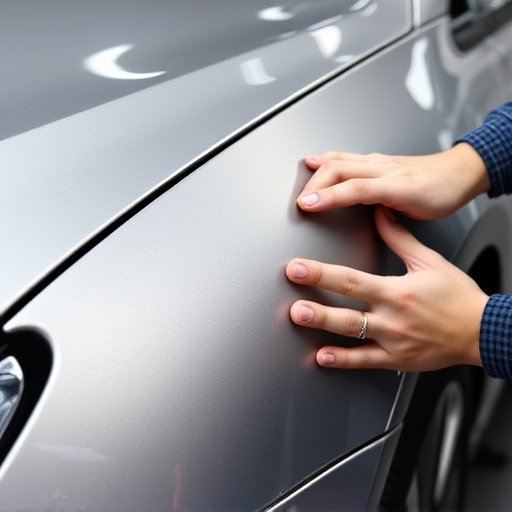
After auto body frame repair is completed, it’s crucial to have a thorough understanding of the post-repair tests and inspection procedures. These processes are designed to ensure that all components have been correctly realigned and restored to their pre-accident condition. Mechanics should conduct visual inspections, using specialized tools to check for any hidden damage or misalignments. This includes checking critical areas like doors, fenders, and the chassis for any signs of stress or weakness.
Additionally, dynamic testing such as road tests and vibration analysis may be employed to assess how the vehicle handles and performs after repairs. These tests help identify issues related to suspension, steering, and overall structural integrity. Car scratch repair, car damage repair, and vehicle paint repair techniques used during the process should leave no visible signs of previous work, ensuring a seamless finish. Proper documentation of each step in the inspection and testing process is essential for reference and future comparisons.
When it comes to auto body frame repair, ensuring comprehensive warranty coverage is vital. By asking the right questions and understanding the repair standards, vehicle owners can navigate the post-repair process with confidence. These essential queries and inspection procedures guarantee that any issues are addressed promptly, allowing for a seamless return to the road. Remember, a thorough review of your auto body frame repair warranty is a crucial step in protecting your investment.

